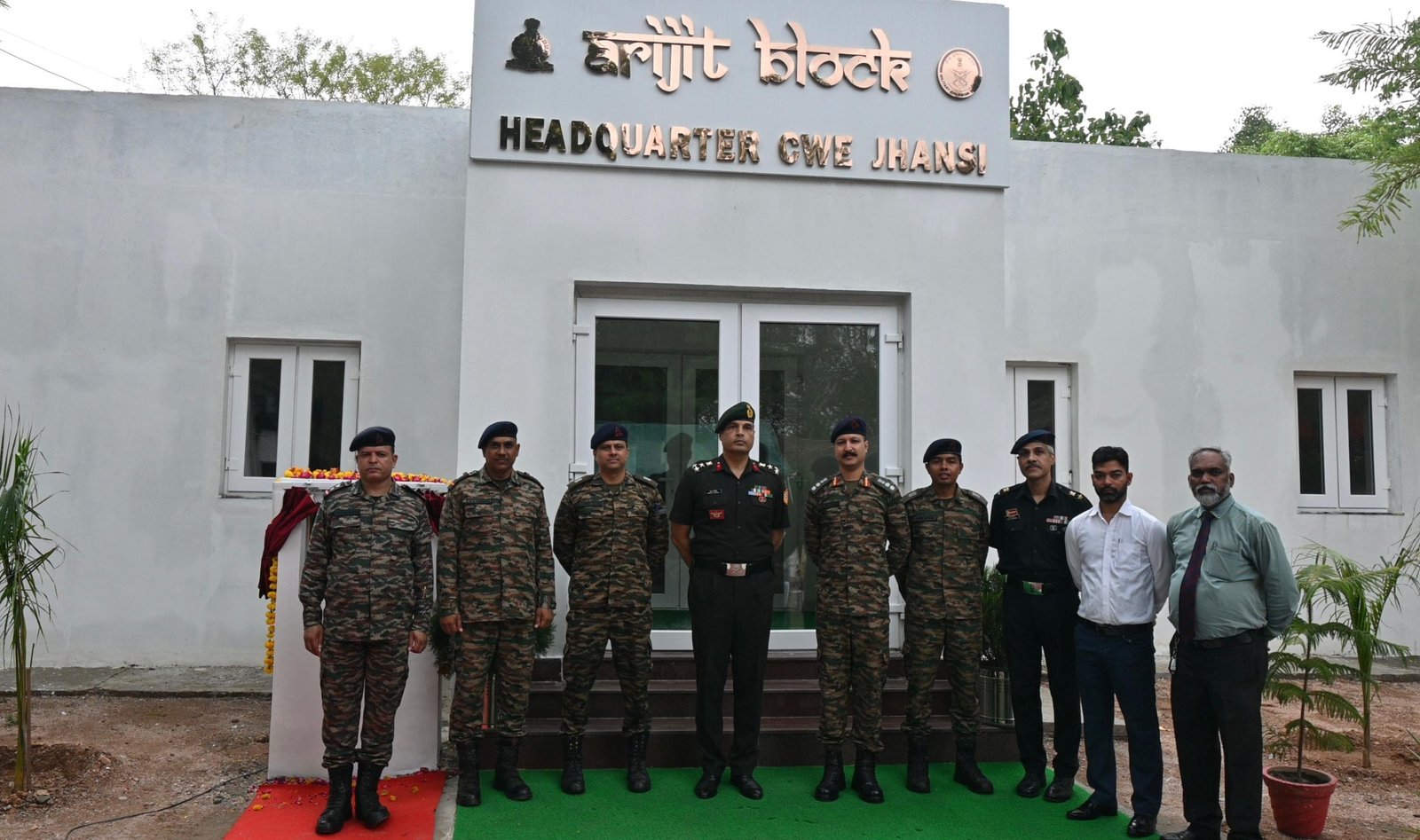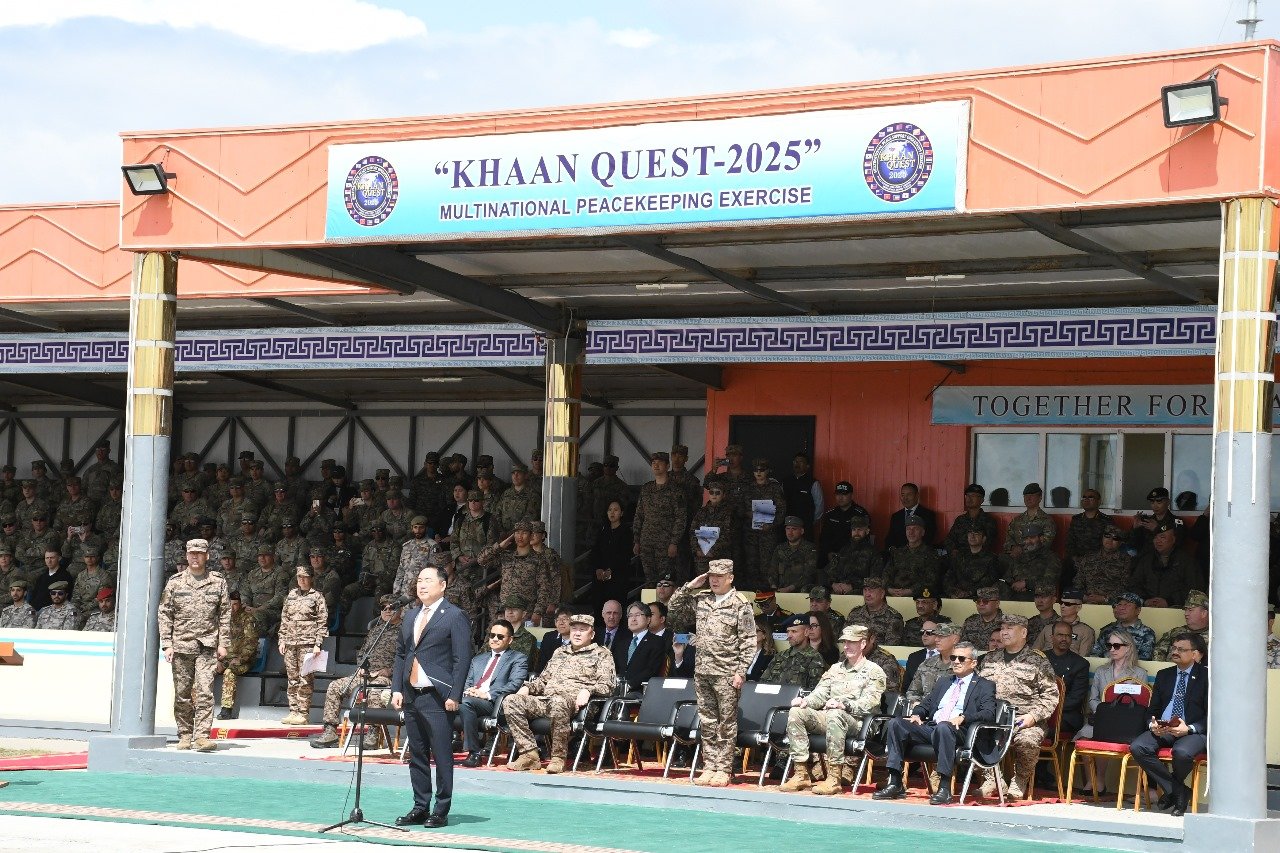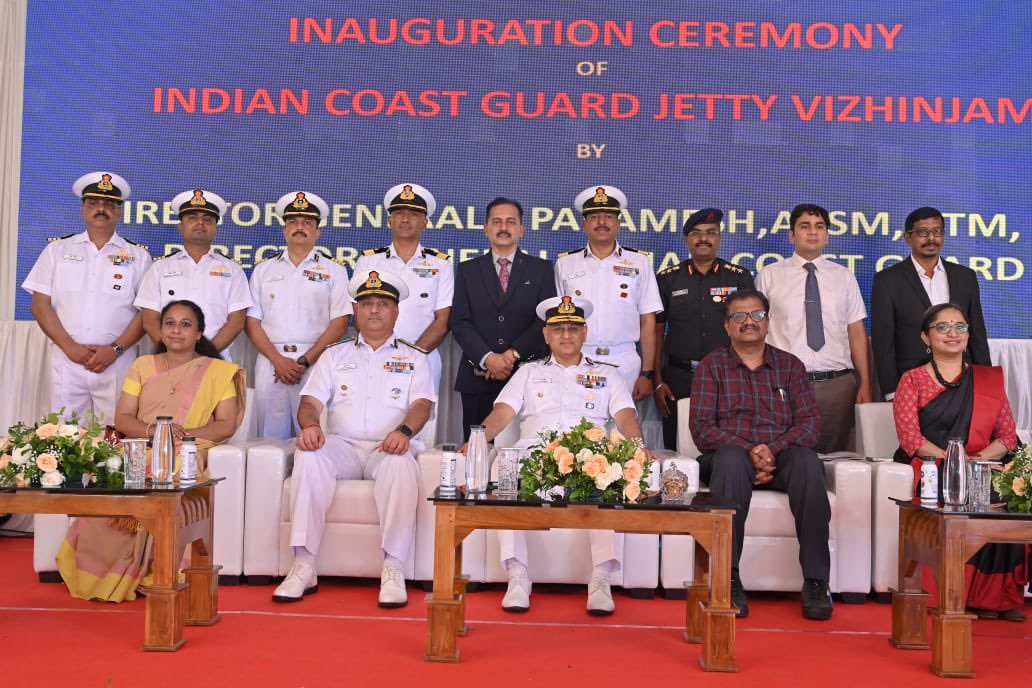India's First Geothermal Net Zero Defence Building Inaugurated by Indian Army, Marking a Milestone in Green Infrastructure
June 26, 2025 | Thursday | News
The building’s Net Zero Energy credentials were independently assessed and validated by the National Institute of Technology (NIT) Calicut
Marking a major stride towards climate-conscious defence infrastructure, the Indian Army inaugurated the nation’s first geothermal-based Net Zero Energy Building at Jhansi. The online inauguration of the infrastructure was done by Lieutenant General Dhiraj Seth, PVSM, AVSM, General Officer Commanding-in-Chief, Southern Command, at Pune, underscoring the Army’s leadership in adopting advanced and green technologies.
This innovative facility, constructed in less than four months, harnesses geothermal energy by exchanging heat with the Earth to maintain a naturally balanced internal environment, significantly reducing external energy reliance. The project is a critical step in support of the Government of India’s goal of achieving carbon neutrality by 2047, with the building estimated to offset over 50 tonnes of CO₂ emissions annually.
The building’s Net Zero Energy credentials were independently assessed and validated by the National Institute of Technology (NIT) Calicut. The institute confirmed that the structure achieves complete annual energy neutrality through its integration of geothermal and solar systems, efficient design, and intelligent energy management, reinforcing its standing as a pioneering model in sustainable defence infrastructure.
Equipped with smart lighting and energy-efficient automation, including light and motion sensors and a solar rooftop system, the building is designed for minimal power consumption and sustained operations even in off-grid conditions.
The project exemplifies the spirit of the Year of Technology Absorption, showcasing rapid construction, use of alternative materials, and integration of sustainable systems. It also sets a benchmark for future development of green buildings in remote and forward locations, where energy independence and environmental performance are mission-critical requirements. It reflects the Indian Army’s growing emphasis on resilient, self-sustaining infrastructure that meets operational needs while safeguarding the environment.

























